Digital India: The challenges facing Narendra Modi
- Published
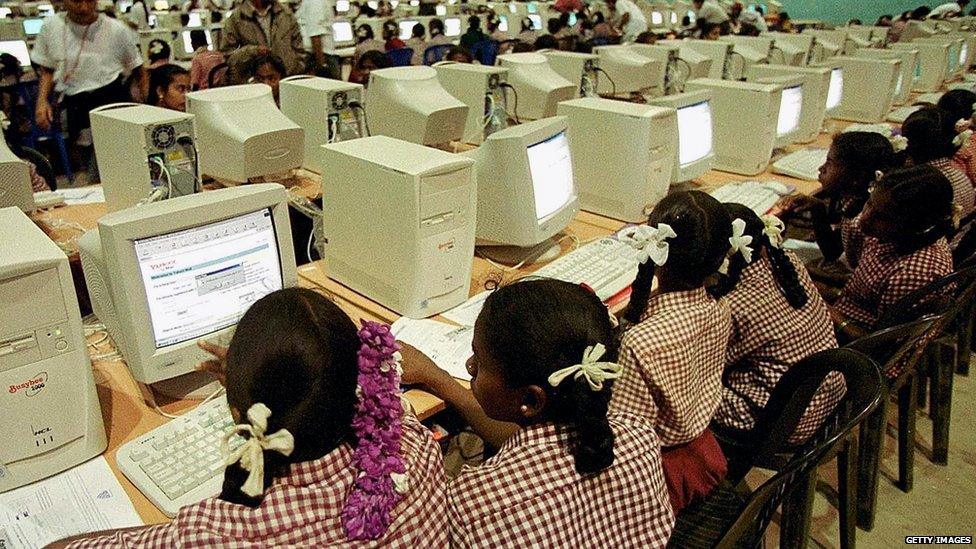
Prime Minister Narendra Modi has inaugurated "India Digital Week", aimed at reinvigorating an $18bn campaign to strengthen India's digital infrastructure.
The initiative introduces nine "pillars" that the government will expand on, in its push to try to bridge the country's digital divide. Prasanto K Roy explains the significance of each pillar and what challenges the government faces in trying to implement them.
Broadband Highways
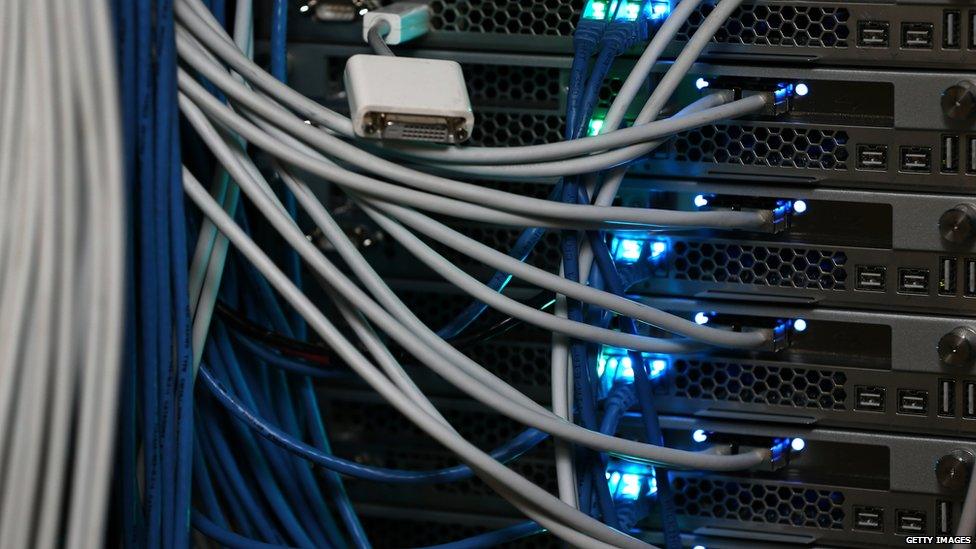
Digital India aims to have broadband networks that will span India's cities, towns and 250,000 villages by end-2016, along with a system of networks and data centres called the National Information Infrastructure.
The vision is grand.
If successful, it could transform citizen access to multimedia information, content and services. It also gives the government access to a great deal of information.
However, laying cables doesn't ensure they will be used.
After years of broadband and nationwide fibre-optic infrastructure targets, India remains stuck at a total of 15 million wire line broadband users. Yet mobile broadband use has exploded, currently standing at 85 million users, driven by apps like Facebook and WhatsApp, and the sharing of images and videos.
Experience shows that it is communications and content, not empty pipes, that drive network usage. And manufacturing content is not a government strength.
This project needs content and service partnerships with telecom companies and other firms, with new entrepreneurs.
Universal Access to Phones
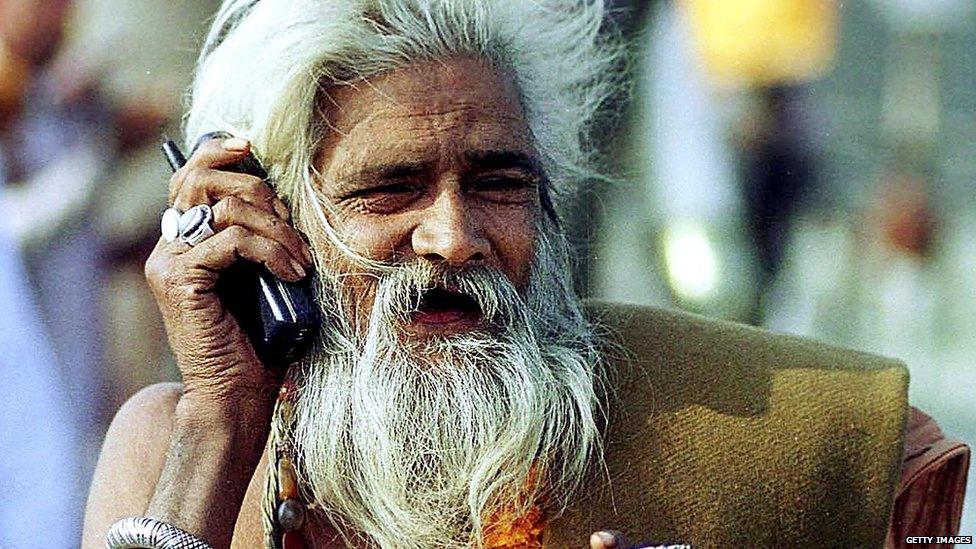
This focuses on mobile network penetration, with a plan to fill the gaps in connectivity in India by 2018. Though mobile networks have reached most populated parts of India, the last mile is a long one: 42,300 villages still exist outside the reach of a mobile signal.
"Universal access" does not, however, guarantee a working network. Even in its major cities, India's mobile network is so stressed that many say it's broken, with call failures and drops a common complaint.
An intense shortage of spectrum has driven up costs and driven down service quality for India's telecom industry.
But the problem is much bigger than dropped calls. As many as 85% of India's 100 million broadband users are mobile.
As users ramp up multimedia use, and the next 100 million mobile broadband users come on board, networks will not be able to keep up. Digital India needs more spectrum.
Public Internet Access
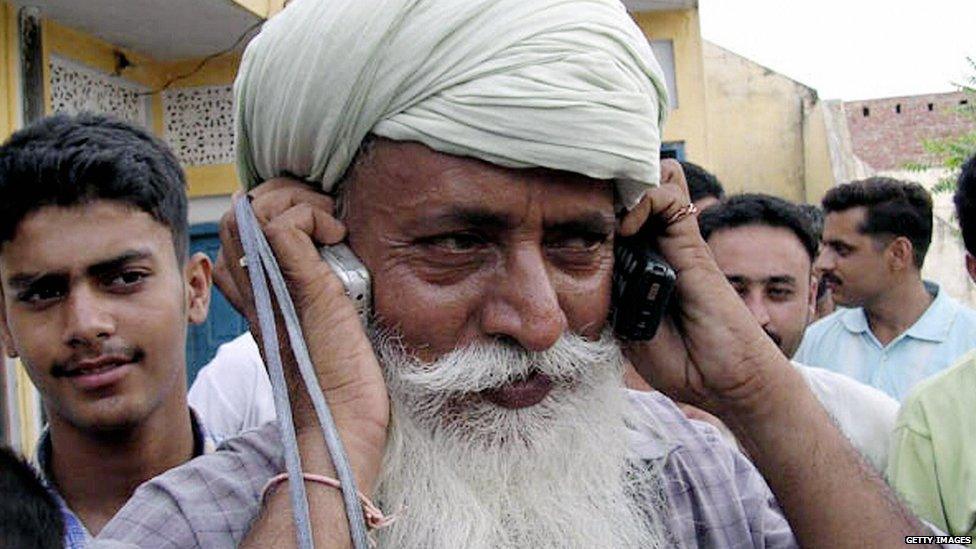
This aims to increase the number of government-run facilities (Common Service Centres or CSC) that provide digital services to citizens, especially in remote or rural areas with low connectivity.
The objective is to increase the 140,000 facilities to 250,000, or one in nearly every village. It also aims to convert 150,000 post offices into multi-service centres. The vision is that the longest distance a villager or tribesperson should have to travel should be to the nearest CSC.
This project was first approved in 2006, but moved slowly in its initial years. One of the big boosts from Digital India could be the dramatic ramp-up the mega-project is setting as a target. Citizen services will be one driver of adoption.
e-Governance: Reforming Government through Technology
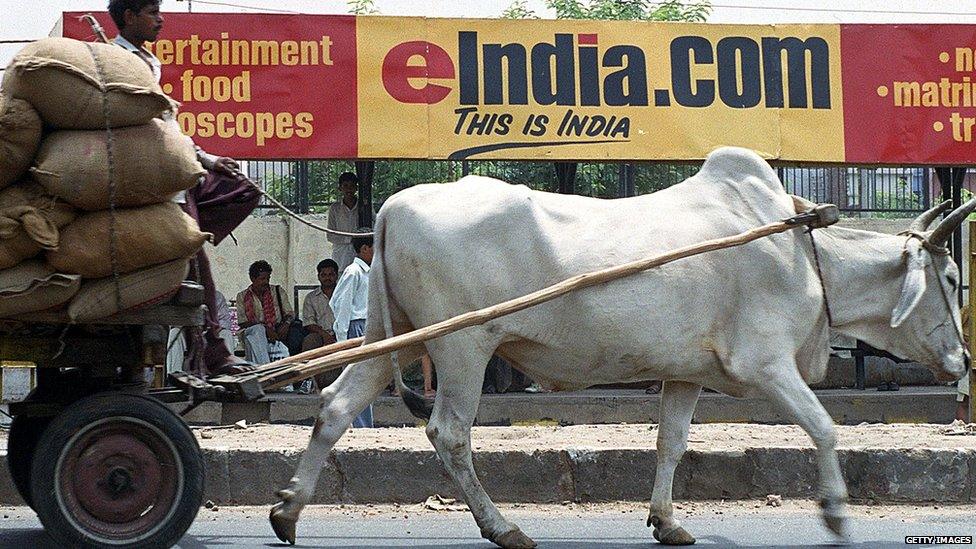
Of all the "pillars" of Digital India, this is the oldest and most mature initiative.
For decades, hundreds of e-governance projects have been piloted across India. Many were quick successes that however died out once the chief promoter, often a bureaucrat on a two-year posting, moved on.
The processes and services include digitising manual databases, introducing online applications and tracking, using online repositories for citizen documents, introducing publicly-visible government workflow automation, and public grievance redress.
Experts say that almost every e-governance project that India needs has been successfully piloted somewhere in the country. The daunting task for Digital India will be to take successful pilot projects, replicate and scale them up.
e-Kranti - Electronic Delivery of Services
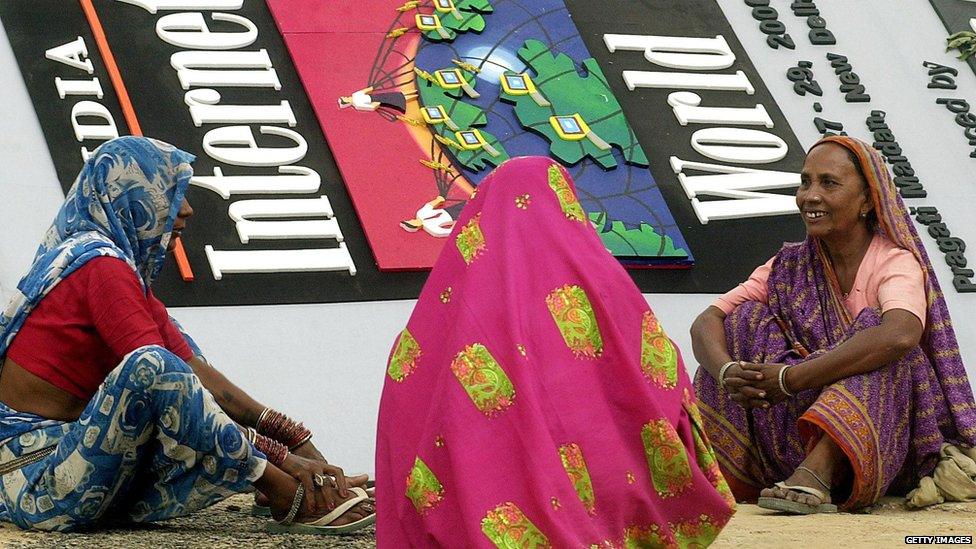
e-Kranti comprises 41 large e-governance initiatives, called "mission mode projects". They span e-education (all schools to get broadband and free wi-fi, as well as MOOCs - Massive Online Open Courses), e-Healthcare and technology for farming, security, financial inclusion, justice, planning and cyber-security.
The sheer scale of these projects helps ensure that they do not meet the fate of most e-governance projects in India, which remain pilots.
Several have been completed successfully, including the overhauled passport service, and the "MCA21" project for company registration from the Ministry of Corporate Affairs.
Information for All

This set of web, mobile and social media platforms aims to connect citizens with the government. It is already well under way, both on social media, and the citizen portal MyGov.in.
The present BJP-led government has been widely lauded for its social-media savvy and its use of digital outreach tools. Prime minister Narendra Modi is one of the world's most influential Twitter users, with over 13 million followers (and another 7 million on his official @PMOIndia account)
But critics say that these digital channels are used mostly in broadcast mode, with Mr Modi responding to very few, filtered, questions, and no criticism, especially from media. His supporters say he uses them to connect directly to citizens, bypassing media.
Electronics Manufacturing
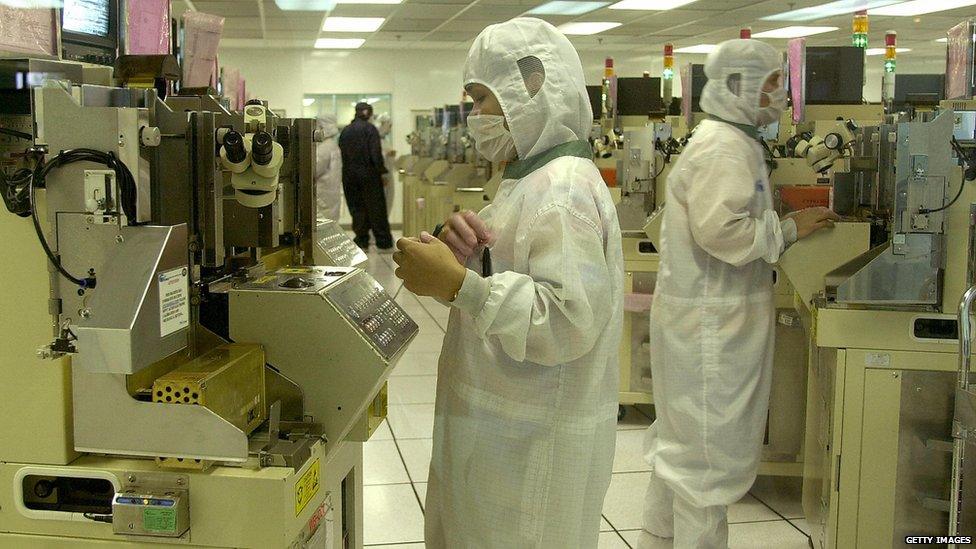
This plan aims for "net zero imports" in electronics, or imports that match exports by value, by 2020.
This is ambitious.
As of now, India stands to import three quarters of the $400bn worth of electronics products it will consume in the next five years. Hardware exports as of now are still under $10bn. This calls for a very big ramp-up in local manufacturing.
The plan includes incentives for big chip fabrication as well for mobile and set-top box manufacturers, and clusters and incubators for start-ups.
That's probably the biggest push and global image makeover being attempted by the Modi government, via its "Make in India" campaign launched last year.
Critics of the programme say that the "manufacturing first" focus can slow progress when the objective should be on something else, like education (such as with the UPA government's Aakaash tablet programme).
There is also a school of thought that "net zero" imports should be seen on a wider canvas - for instance across technology products and services.
India exports nearly $100bn worth of technology and business process services.
IT for Jobs
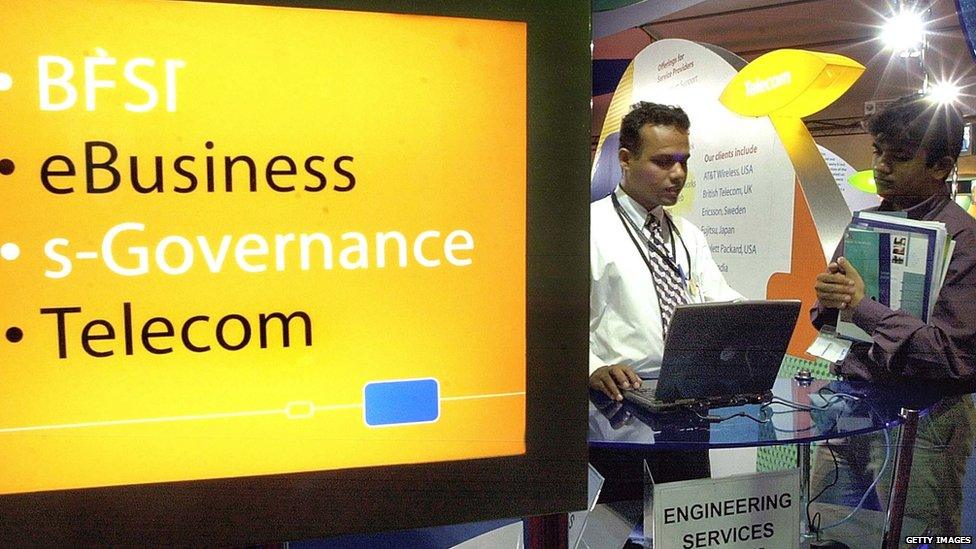
This is a project to train 10 million students from smaller towns and villages for IT sector jobs over five years.
Among the plans: Business Process Outsourcing (BPO) locations in every north-eastern state, 300,000 service delivery agents to be trained for IT services, and 500,000 rural workers to be trained by telecom operators for their own needs.
The challenge here is not just the numbers, but quality. The technology sector increasingly finds that the dwindling manpower resources available for its jobs are under-trained and mismatched to its needs.
Most firms are forced to invest a great deal into their own training for "fresher" recruits.
Early Harvest Programmes

These are the low-hanging fruit, and the projects already under way.
For instance, a new messaging platform for government employees has over 13 million mobiles and 2 million emails in the database; biometric attendance for all central government offices in Delhi, wi-fi in universities and in public locations, eBooks in schools, SMS-based weather information, disaster alerts.
The challenge remains usage.
For instance, the project aims to provide secure email as the primary form of communications within the government, and to the outside world.
Official email has been available for well over a decade in India, though its security is debatable. Yet most government officials and politicians prefer to use personal email services from Gmail and other public providers that can be accessed on their mobile phones.
Most experts see this as a huge risk.